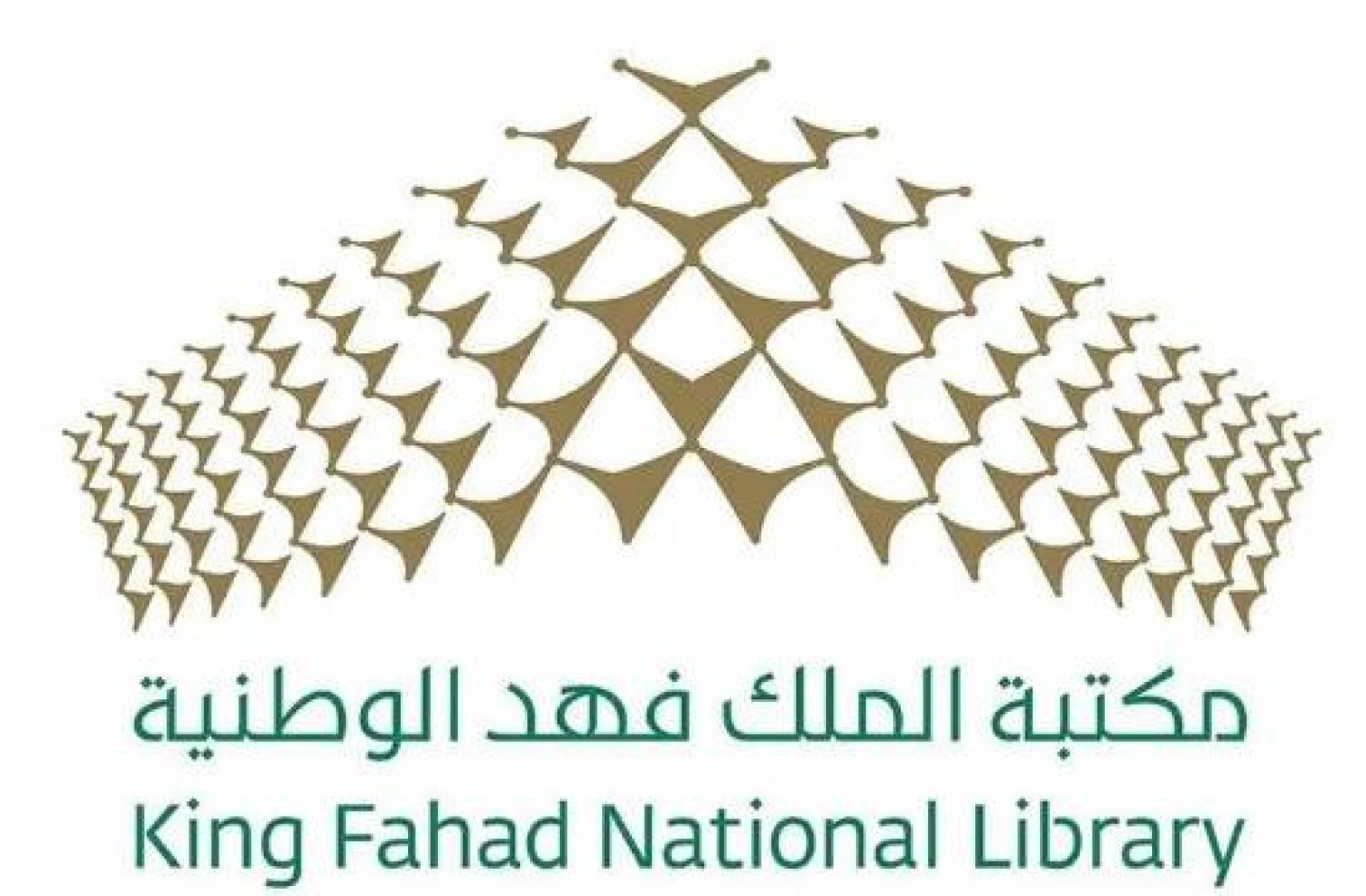As the nation prepares for trillions of red-eyed bugs known as periodical cicadas to emerge, it's worth noting that they're not just annoying, noisy pests — if prepared properly, they can also be tasty to eat.
Blocks away from such French Quarter fine-dining stalwarts as Antoine's and Brennan's, the Audubon Insectarium in New Orleans has long served up an array of alternative, insect-based treats at its “Bug Appetit” cafe overlooking the Mississippi River. “Cinnamon Bug Crunch,” chili-fried waxworms, and crispy, cajun-spiced crickets are among the menu items.
Periodical cicadas stay buried for years, until they surface and take over a landscape. Depending on the variety, the emergence happens every 13 or 17 years. This year two groups are expected to emerge soon, averaging around 1 million per acre over hundreds of millions of acres across parts of 16 states in the Midwest and South.
They emerge when the ground warms to 64 degrees (17.8 degrees Celsius), which is happening earlier than it used to because of climate change, entomologists said. The bugs are brown at first but darken as they mature.
Recently, Zack Lemann, the Insectarium's curator of animal collections, has been working up cicada dishes that may become part of the menu. He donned a chef's smock this week to show a couple of them off, including a green salad with apple, almonds, blueberry vinaigrette — and roasted cicadas. Fried cicada nymphs were dressed on top with a warm mixture of creole mustard and soy sauce.
“I do dragonflies in a similar manner,” Lemann said as he used tweezers to plop nymphs into a container of flour before cooking them in hot oil.
Depending on the type and the way they are prepared, cooked cicadas taste similar to toasted seeds or nuts. The Insectarium isn't the first to promote the idea of eating them. Over the years, they have appeared on a smattering of menus and in cookbooks, including titles like “Cicada-Licious” from the University of Maryland in 2004.
“Every culture has things that they love to eat and, maybe, things that are taboo or things that people just sort of, wrinkle their nose and frown their brow at,” Lemann said. “And there’s no reason to do that with insects when you look at the nutritional value, their quality on the plate, how they taste, the environmental benefits of harvesting insects instead of dealing with livestock.”
Lemann has been working to make sure the Bug Appetit cafe has legal clearance to serve wild-caught cicadas while he works on lining up sources for the bugs. He expects this spring's unusual emergence of two huge broods of cicadas to heighten interest in insects in general, and in the Insectarium — even though the affected area doesn't include southeast Louisiana.
“I can’t imagine, given the fact that periodical cicadas are national news, that we won’t have guests both local and from outside New Orleans, asking us about that,” said Lemann. “Which is another reason I hope to have enough to serve it at least a few times to people.”
















